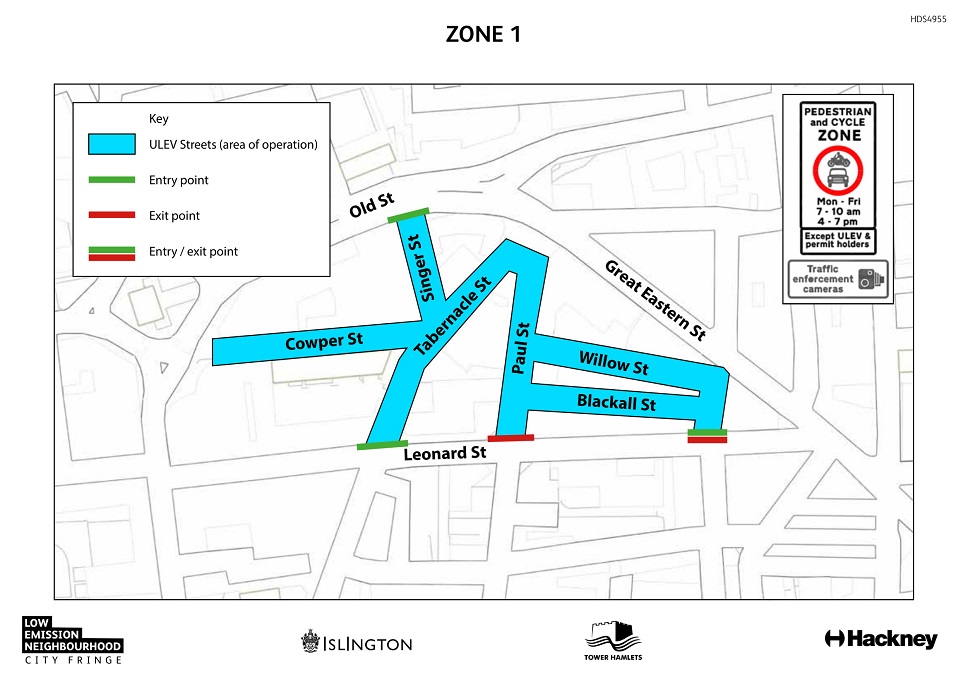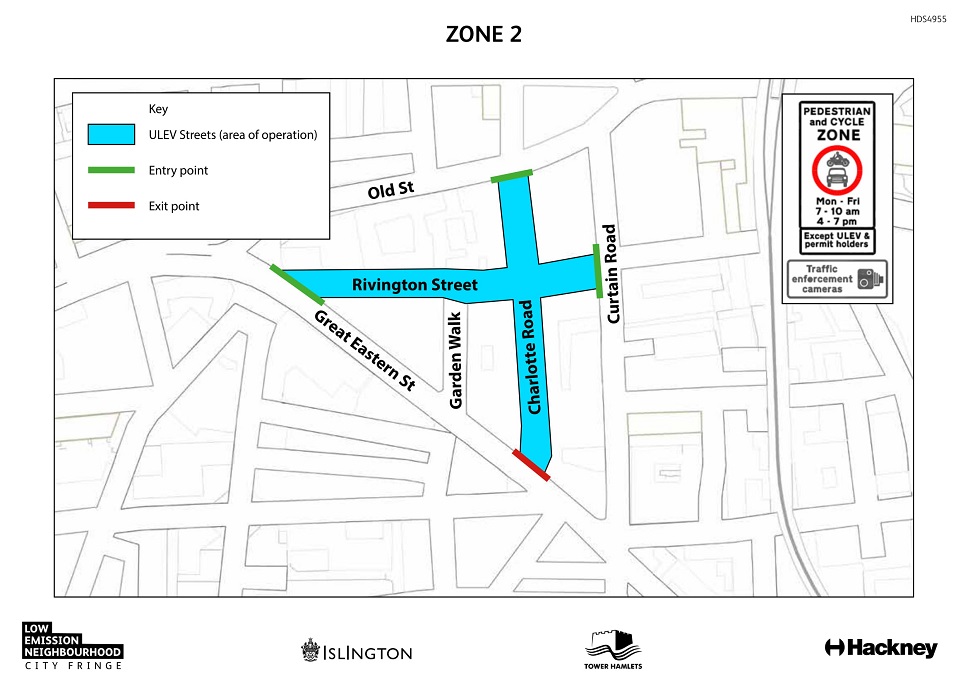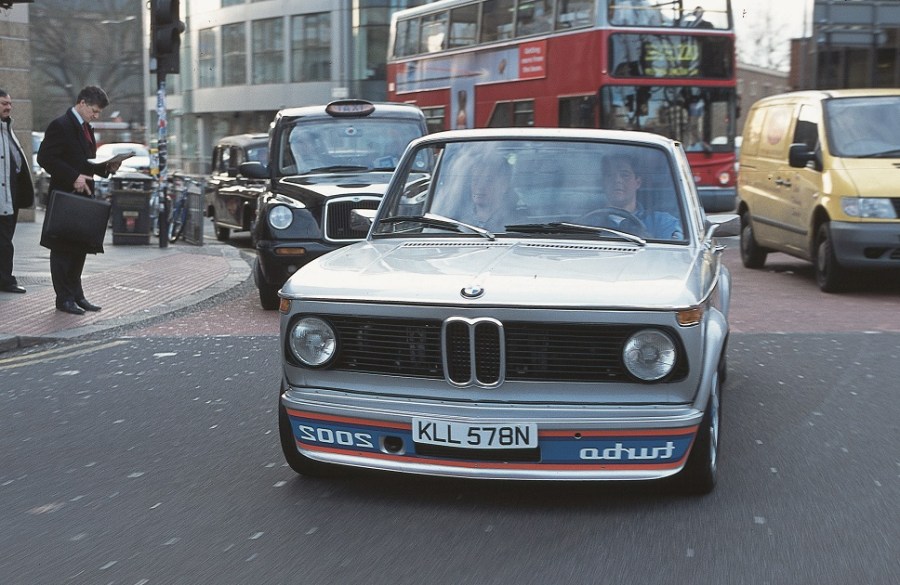Historic vehicles and modern classics are to be banned from certain areas of East London from this July.
Residents and businesses will be able to apply for exemptions but visitors to designation Low Emissions Neighbourhood (LEN) areas would have to park elsewhere, walk or take public transport.
Hackney and Islington Councils were the first to sign off on their LEN programmes, aimed at lowering emissions between the peak hours of 7am and 10am, then from 4pm to 7pm. Other London areas implementing LENs next year include the Barbican (City of London), Greenwich Town Centre (Greenwich), Ilford Garden Junction (Newham and Redbridge) and Marylebone (Westminster).
“Only ultra low emission vehicles (ULEV) will be allowed on nine streets during the morning and evening rush hours. ULEVs are vehicles that emit less than 75g/km CO2. This includes all electric and hydrogen vehicles and some of the ‘cleanest’, least polluting, hybrid vehicles,” a Hackney Council spokesperson explained.
Paid for by the London Mayor’s Air Quality Fund (MAQF), LENs are aimed at improving the air quality of the most polluted local streets during rush hours.
Proposals for petrol and diesel classics to be banned outright are slowly appearing in the worst affected areas of major cities. So far, only one other city (Oxford) is to close streets off to historic vehicles. Its Zero Emissions Zone (ZEZ) is currently under discussion following a successful consultation last year. East London’s LENs will be the first schemes to remove visiting classics from roads.
While historic vehicles over 40 years old have escaped the worst of London’s anti-pollution charges, including the Ultra Low Emissions Zone (ULEZ) and Emissions Surcharge (T-Charge), owners of tax-exempt classics still have to pay the Congestion Charge. Drivers of pre-Euro 4 and modern classic cars remain liable for all three.


Maps have been released showing the no-go areas across the Hackney and Islington areas. Residents and businesses with older vehicles will be exempt from the rush-hour bans.





